The study introduces soft, conformable transistors embedded in a single organic material.
Researchers develop biocompatible implants that adapt to the body’s growth, paving the way for advanced neurological monitoring in children.
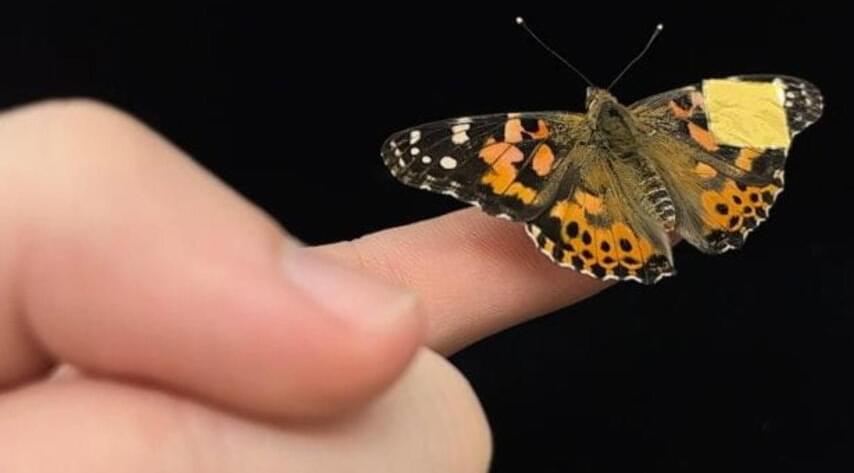

The utility of left atrial appendage occlusion (LAAO) as a therapy for stroke prevention in patients with nonvalvular atrial fibrillation (AFib) is the focus of a State-of-the-Art Review published Jan. 8 in JACC: Clinical Electrophysiology.
Jalaj Garg, MBBS, FACC, et al., discuss the procedure’s journey to becoming a mainstream approach for stroke prevention, advancements in LAAO devices over the past two decades, and domains requiring additional scientific inquiry. The authors describe the LAA as an “important therapeutic target” in treating patients with AFib, as the LAA is “the most common site for thrombus formation and an important source of non-pulmonary vein triggers.” They outline the anatomy, physiology and clinical relevance of the LAA along with the evolution of LAA exclusion techniques and devices overtime.
Acknowledging the major advancements in LAAO device technology and clinical benefits, the authors note the ACC, American Heart Association and Heart Rhythm Society have “updated recommendations to Class 2a in patients with moderate to high risk for stroke or contraindications to long-term [oral anticoagulation (OAC)], with weak recommendations (Class 2b) in patients with moderate to high risk for stroke or reasonable to continue long-term OAC.”
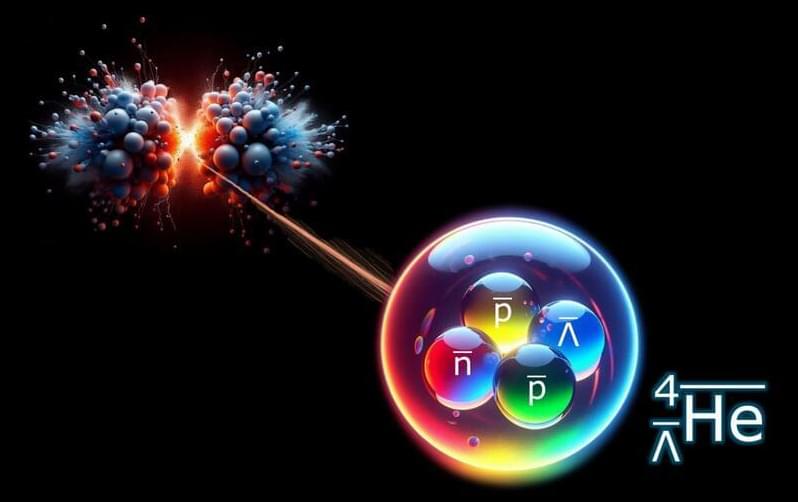
CERN discovers antihyperhelium-4, the heaviest antimatter particle to date.
Scientists at CERN’s Large Hadron Collider have discovered the heaviest antimatter particle ever observed: antihyperhelium-4.
This exotic particle, the antimatter counterpart of hyperhelium-4, contains two antiprotons, an antineutron, and an antilambda particle. The breakthrough offers insights into the extreme conditions of the early universe and sheds light on the baryon asymmetry problem — why our universe is dominated by matter despite matter and antimatter being created in equal amounts during the Big Bang.
The discovery was made using lead-ion collisions at the LHC, recreating the hyper-hot environment of the newborn universe. Machine learning models analyzed the data, identifying antihyperhelium-4 particles and precisely measuring their masses.
While the experiment confirmed that matter and antimatter are created in equal portions, the mystery of what tipped the cosmic balance remains unsolved. With ongoing upgrades to the LHC, more groundbreaking discoveries in antimatter research could be on the horizon.
Illustration of the production of antihyperhelium-4 (a bound state of two antiprotons, an antineutron and an antilambda) in lead–lead collisions. (Image: J. Ditzel with AI-assistance) Collisions between heavy ions at the Large Hadron Collider (LHC) create quark–gluon plasma, a hot and dense state of matter that is thought to have filled the Universe around one millionth of a second after the Big Bang. Heavy-ion collisions also create suitable conditions for the production of atomic nuclei and exotic hypernuclei, as well as their antimatter counterparts, antinuclei and antihypernuclei. Measurements of these forms of matter are important for various purposes, including helping to understand the formation of hadrons from the plasma’s constituent quarks and gluons and the matter–antimatter asymmetry seen in the present-day Universe.
Link :
Glioblastoma, an aggressive and often fatal form of brain cancer, has long posed a formidable challenge to doctors and patients alike. Yet, a groundbreaking clinical trial is offering a glimmer of hope, capturing global attention for its potential to revolutionize cancer treatment. A 62-year-old engineer, faced with a grim prognosis, has experienced something extraordinary—his tumour has shrunk significantly in a matter of weeks. This remarkable outcome marks the beginning of a journey that could redefine how we treat one of the most challenging cancers. What makes this approach so promising, and how could it change the future for patients?
Glioblastoma, often referred to as glioblastoma multiforme (GBM), is the most aggressive and common form of primary brain cancer in adults. Originating from glial cells—specifically astrocytes that support nerve cells—this malignancy is notorious for its rapid growth and diffuse infiltration into surrounding brain tissue, making complete surgical removal challenging.

While research continues on the potential of psychedelics as a clinical treatment, a recent study highlights the need to better understand their adverse effects.
PsychiatryOnline subscription options offer access to the DSM-5-TR® library, books, journals, CME, and patient resources. This all-in-one virtual library provides psychiatrists and mental health professionals with key resources for diagnosis, treatment, research, and professional development.
Need more help? PsychiatryOnline Customer Service may be reached by emailing [email protected] or by calling 800−368−5777 (in the U.S.) or 703−907−7322 (outside the U.S.).
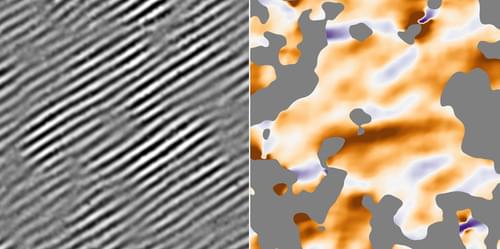
A cryogenic microscope reveals the atomic-scale processes that disrupt the charge-ordered state in a material as the temperature rises.
Many of the exotic materials being investigated for next-generation technologies exhibit charge order, a state in which the electrons arrange themselves into a periodic pattern, such as stripes of high and low electron density. Researchers have now shown that they can track the evolution of this state as it warms up and melts away by using a cryogenic electron microscope [1]. Their experimental approach offers a new way to explore the interactions between different phases of quantum materials, which could inform the development of future electronic and data storage devices.
In certain materials with strongly interacting electrons, charge order appears—usually below room temperature—as an electron density that varies periodically in a pattern of stripes, a checkerboard, or a more complicated 3D structure. Researchers want to understand this phase because it coexists and interacts with other states and properties of the material, many of which are useful for novel devices and technologies. In high-temperature superconductors, for example, charge order is known to suppress the material’s superconducting behavior. In other materials, strong coupling between charge order and ferromagnetism can trigger colossal magnetoresistance, a property that could be exploited in magnetic storage devices.
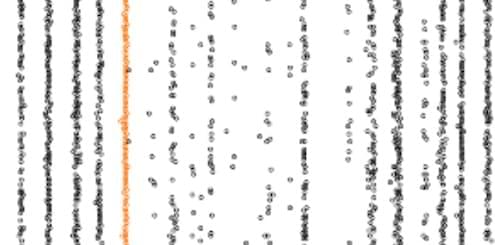
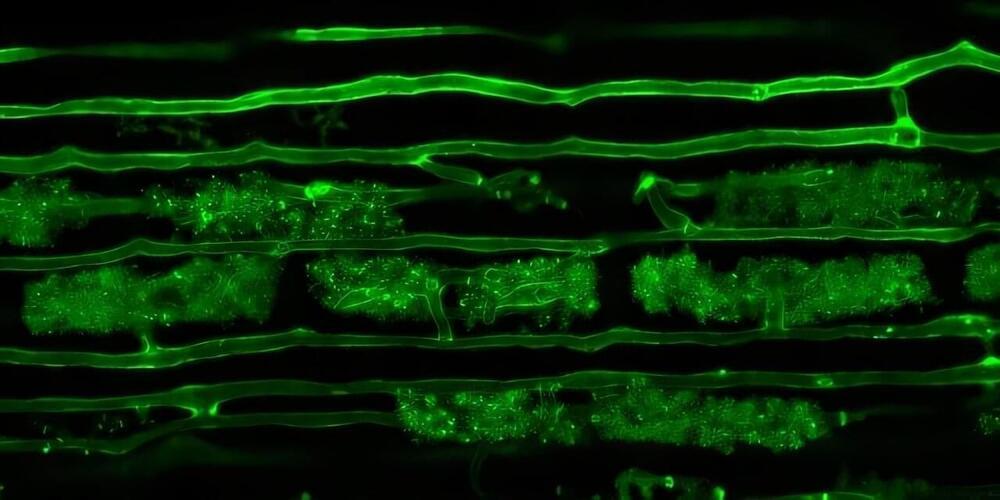
Researchers have discovered a biological mechanism that makes plant roots more welcoming to beneficial soil microbes. This discovery by John Innes Centre researchers paves the way for more environmentally friendly farming practices, potentially allowing farmers to use less fertilizer.
Production of most major crops relies on nitrate and phosphate fertilizers, but excessive fertilizer use harms the environment. If we could use mutually beneficial relationships between plant roots and soil microbes to enhance nutrient uptake, then we could potentially reduce the use of inorganic fertilizers.
Researchers in the group of Dr. Myriam Charpentier discovered a mutation in a gene in the legume Medicago truncatula that reprograms the signaling capacity of the plant so that it enhances partnerships with nitrogen fixing bacteria called rhizobia and arbuscular mycorrhiza fungi (AMF) which supply roots with phosphorus.
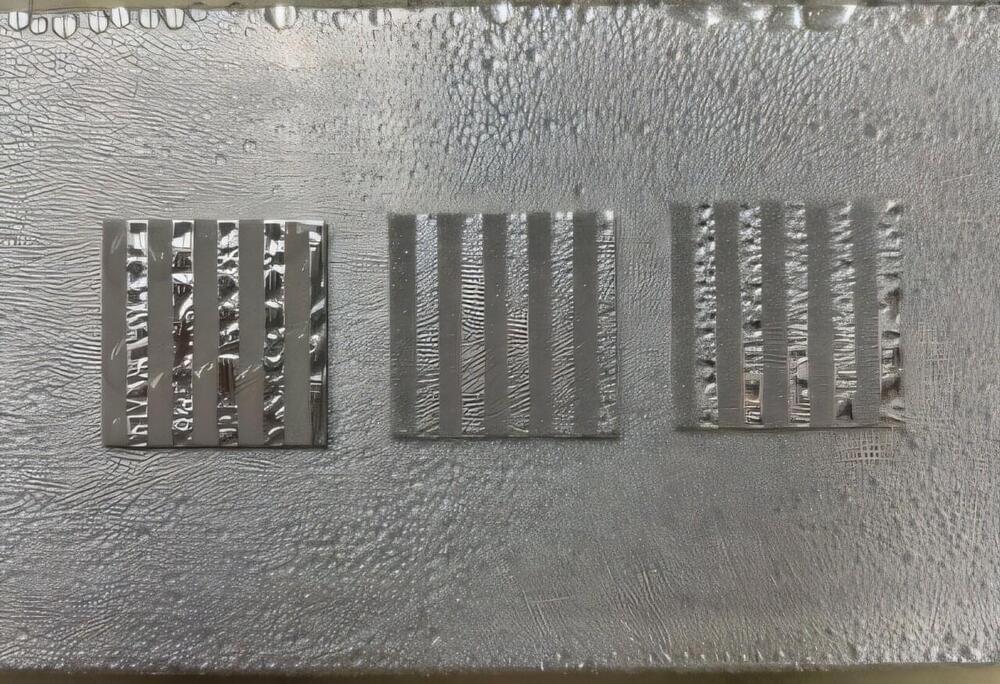
Many cells in our body have a single primary cilium, a micrometer-long, hair-like organelle protruding from the cell surface that transmits cellular signals. Cilia are important for regulating cellular processes, but because of their small size and number, it has been difficult for scientists to explore cilia in brain cells with traditional techniques, leaving their organization and function unclear.
In a series of papers appearing in Current Biology, the Journal of Cell Biology, and the Proceedings of the National Academy of Sciences, researchers at HHMI’s Janelia Research Campus, the Allen Institute, the University of Texas Southwestern Medical Center, and Harvard Medical School used super high-resolution 3D electron microscopy images of mouse brain tissue generated for creating connectomes to get the best look yet at primary cilia.
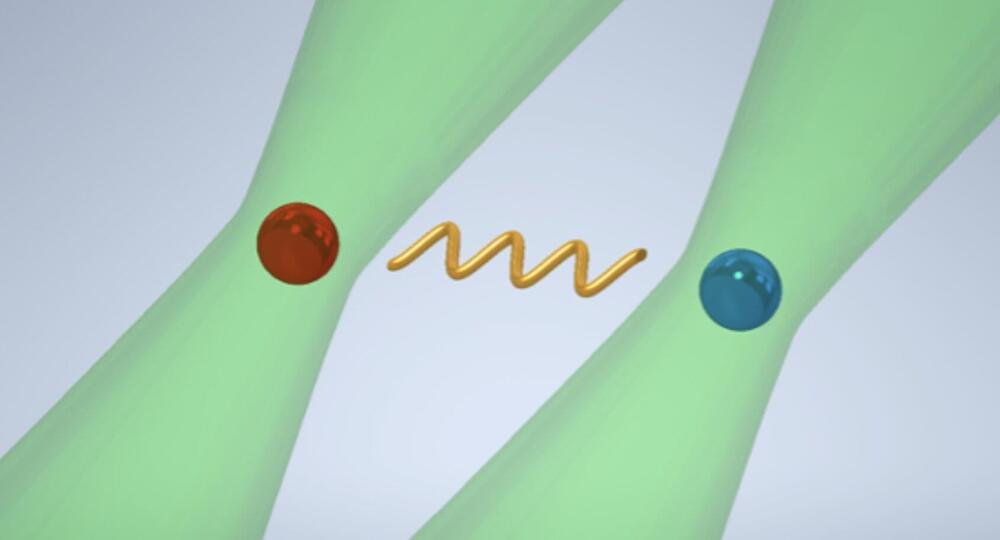
To develop scalable and reliable quantum computers, engineers and physicists will need to devise effective strategies to mitigate errors in their quantum systems without adding complex additional components. A promising strategy to reduce errors entails the use of so-called dual-type qubits.
These are qubits that can encode quantum information in a system across two different types of quantum states. These qubits could increase the flexibility of quantum computing architectures, while also reducing undesirable crosstalk between qubits and enhancing a system’s operational fidelity.
Researchers at Tsinghua University and other research institutes in China recently realized an entangling gate between dual-type qubits in an experimental setting.